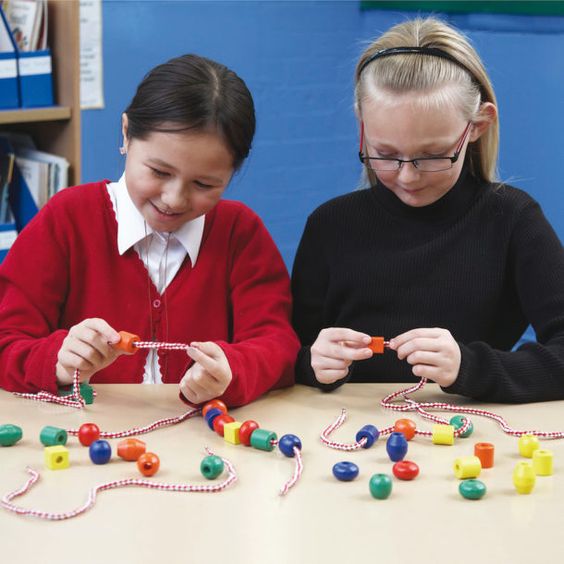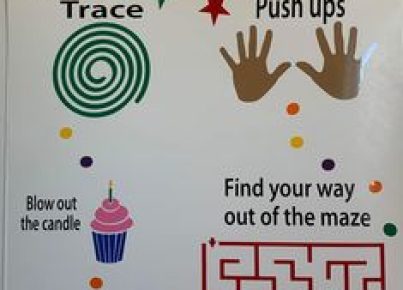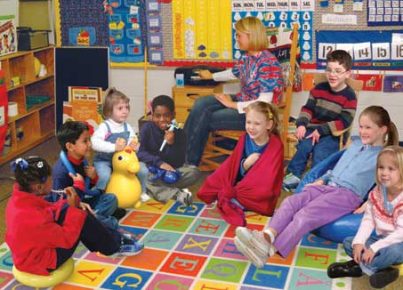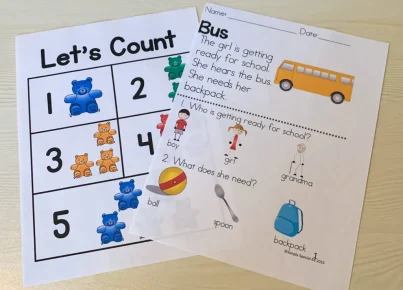Introduction
Developmental Coordination Disorder (DCD), also known as dyspraxia, is a condition that affects motor coordination and can impact both fine and gross motor skills. It is estimated that approximately 5-6% of school-aged children have DCD, making it crucial for schools and educators to provide appropriate support for these pupils. This article aims to explore the challenges faced by students with DCD/dyspraxia, as well as provide strategies and provisions to ensure their academic and personal success.
Understanding Developmental Coordination Disorder/Dyspraxia
DCD/dyspraxia is a neurological condition that affects the way the brain processes information, resulting in difficulties with coordination and movement. It can manifest in various ways, including challenges with balance, fine motor skills (such as handwriting and using utensils), organization and planning, and auditory processing. As a result, pupils with DCD/dyspraxia often experience academic difficulties and social challenges.
Identifying Pupils with DCD/Dyspraxia
Early identification of pupils with DCD/dyspraxia is essential in providing support to enhance their learning experience. Educators should be vigilant in observing signs consistent with DCD, such as delayed crawling or walking, difficulty with fine motor skills like writing or buttoning clothes, or clumsiness resulting in frequent falls or accidents.
Provisions and Strategies for Pupils with DCD/Dyspraxia
1. Individualized Education Plan (IEP): Each student with DCD/dyspraxia should have an individualized education plan tailored according to their unique needs. The IEP should focus on utilizing the pupil’s strengths while addressing their weaknesses through targeted interventions.
2. Classroom accommodations: Teachers must collaborate with special education specialists to modify the learning environment and provide multisensory instruction. Some accommodations may include providing extra time for assignments and assessments, offering clear and concise instructions, or modifying the curriculum to align with the students’ skill levels.
3. Occupational therapy: Occupational therapists can work with pupils to develop targeted strategies to improve fine and gross motor skills, promoting increased control over their movements. These may include activities such as practicing letter formation, strengthening hand-eye coordination, or introducing adaptive equipment like pencil grips and modified scissors.
4. Physical Education adaptations: Physical activity is crucial for pupils with DCD/dyspraxia because it helps build coordination and balance. Specialized physical education teachers can design a program that focuses on skills development while ensuring that the activities are adaptable to meet each student’s abilities.
5. Social support: Pupils with DCD/dyspraxia often face social challenges due to their physical difficulties and perceived clumsiness. By creating a supportive classroom climate and facilitating opportunities for peer interaction, educators can help foster positive social experiences for these pupils.
Conclusion
Providing tailored provisions and strategies for pupils with developmental coordination disorder/dyspraxia is essential in fostering an inclusive learning environment that meets the needs of all students. By understanding the unique challenges faced by children with DCD/dyspraxia and implementing supportive measures, educators can empower these pupils to reach their full potential in both their academic and personal lives.





